Leading market players are investing heavily in research and development in order to expand their product lines, which will help the starch-based plastics market, grow even more. Market participants are also undertaking a variety of strategic activities to expand their footprint, with important market developments including new product launches, contractual agreements, mergers and acquisitions, higher investments, and collaboration with other organizations. To expand and survive in a more competitive and rising market climate, starch-based plastics industry must offer cost-effective items.
Manufacturing locally to minimize operational costs is one of the key business tactics used by manufacturers in the starch-based plastics industry to benefit clients and increase the market sector. In recent years, the starch-based plastics industry has offered some of the most significant advantages to market. Major players in the starch-based plastics market attempting to increase market demand by investing in research and development operations include AGRANA BETEILIGUNGS AG (Austria), Kuraray Co. Ltd. (Japan), Rodenburg Biopolymers (The Netherlands), Biome Bioplastics Limited (UK), Wittenburg Group (Flevoland), Nihon Cornstarch Corporation (Tokyo), Toray Industries, Inc. (Japan), Corbion N.V. (Netherlands), Novamont S.p.A (Italy), BIOTEC GmbH & Co (Germany), BioLogiQ (US), Grabio Greentech (Taiwan), Sunar NP (Turkey), Cardia Bioplastics (Austria), Multibax Public Co. (Thailand), and FuturaMat (France).
Manufacturer of synthetic and chemical fibers, Kuraray Co Ltd (Kuraray). Chemicals, resins, fibers, high-performance materials, and pharmaceuticals are all developed and sold by this company. In addition to the gas barrier material EVAL, the company also produces derivatives of vinyl acetate, isoprene, and methacrylate, as well as medicinal products and environmentally friendly goods. It provides engineering, design, building, and maintenance services for facilities manufacturing chemicals, food, medicines, and electronic materials. In November 2022, utilizing recycled raw materials from the MAGIC TAPETM series of polyester hook-and-loop fasteners, Kuraray Co. Ltd. created the new product.
The product was introduced in November 2022 as a sustainable material for clothes and other producers in an effort to realize a circular economy.
The company Toray Industries Inc. sells cutting-edge materials. The company's product line consists of fibers, clothing, plastics, chemicals, composite materials, life sciences products, medical equipment, drugs, and optical goods. Additionally, it offers polyester, polyethylene, polypropylene, water treatment membranes, carbon fibers, and carbon fiber composites. The clothing, industrial materials, automotive, construction, water treatment, and medical industries all employ its goods. Additionally, it offers services for physical assessment, analysis, and research.
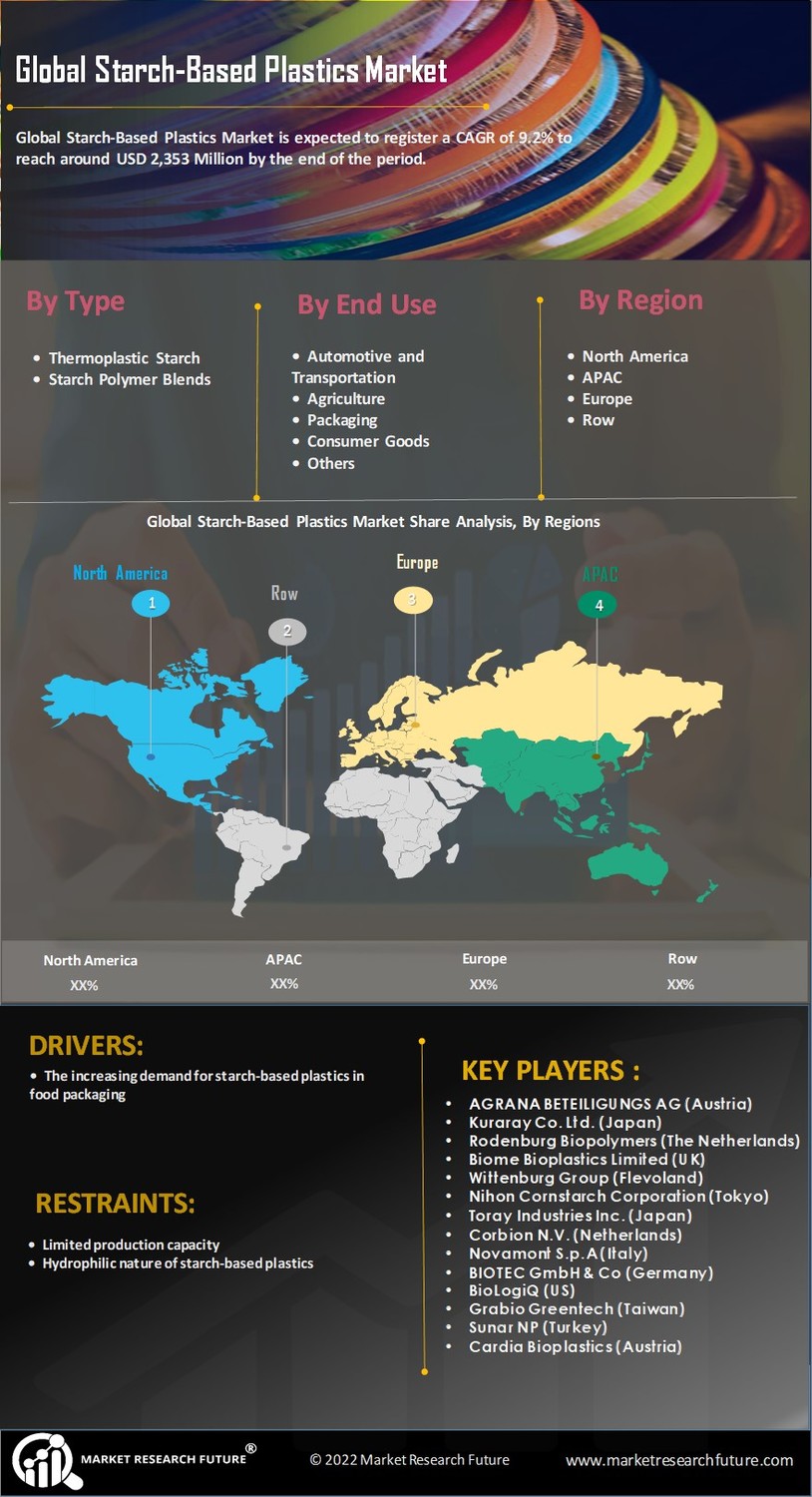

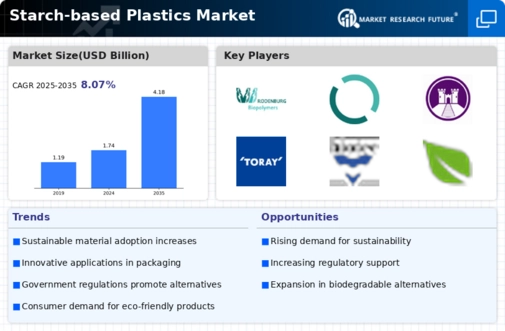
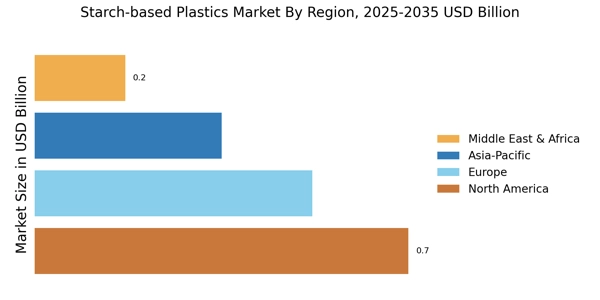
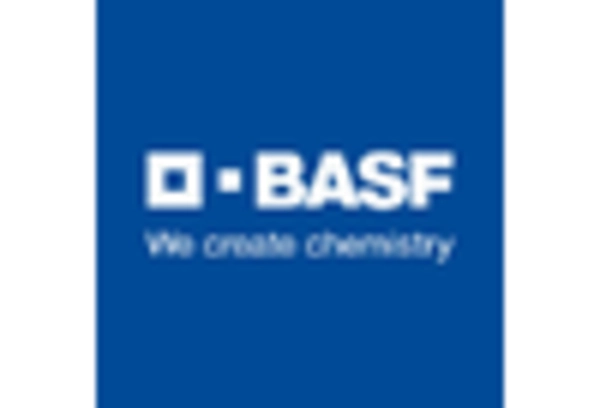
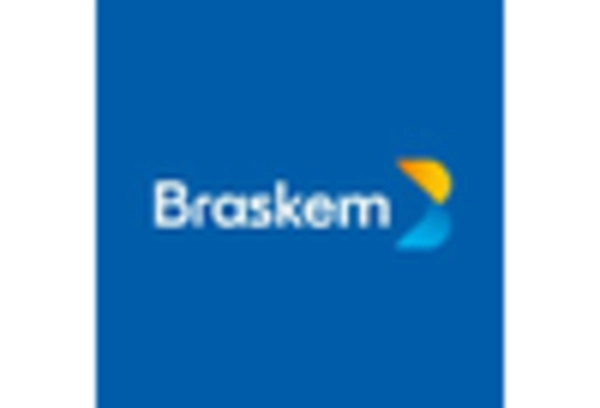
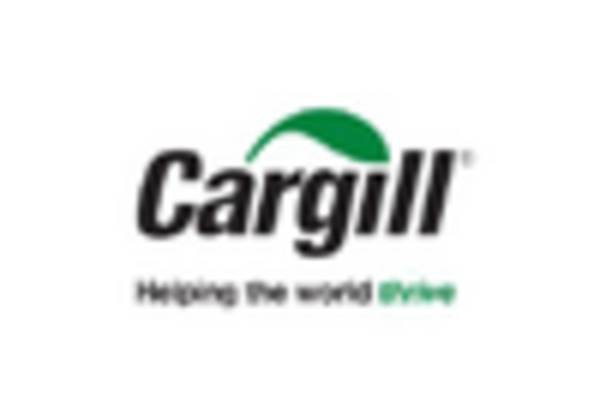











Leave a Comment